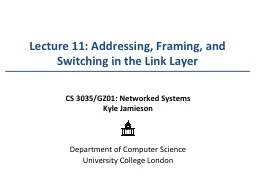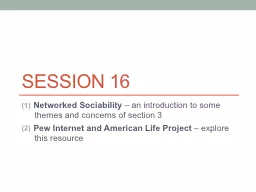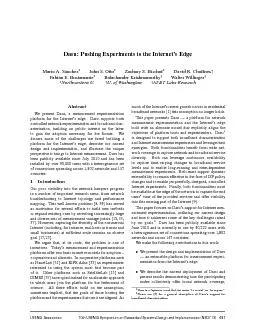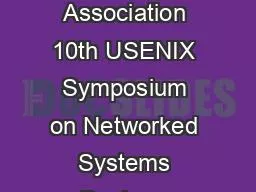PPT-Networked Programs Chapter 12
Author : jane-oiler | Published Date : 2018-12-10
Python for Everybody wwwpy4ecom A Free Book on Network Architecture If you find this topic area interesting andor need more detail wwwnetintrocom Transport Control
Presentation Embed Code
Download Presentation
Download Presentation The PPT/PDF document "Networked Programs Chapter 12" is the property of its rightful owner. Permission is granted to download and print the materials on this website for personal, non-commercial use only, and to display it on your personal computer provided you do not modify the materials and that you retain all copyright notices contained in the materials. By downloading content from our website, you accept the terms of this agreement.
Networked Programs Chapter 12: Transcript
Download Rules Of Document
"Networked Programs Chapter 12"The content belongs to its owner. You may download and print it for personal use, without modification, and keep all copyright notices. By downloading, you agree to these terms.
Related Documents














